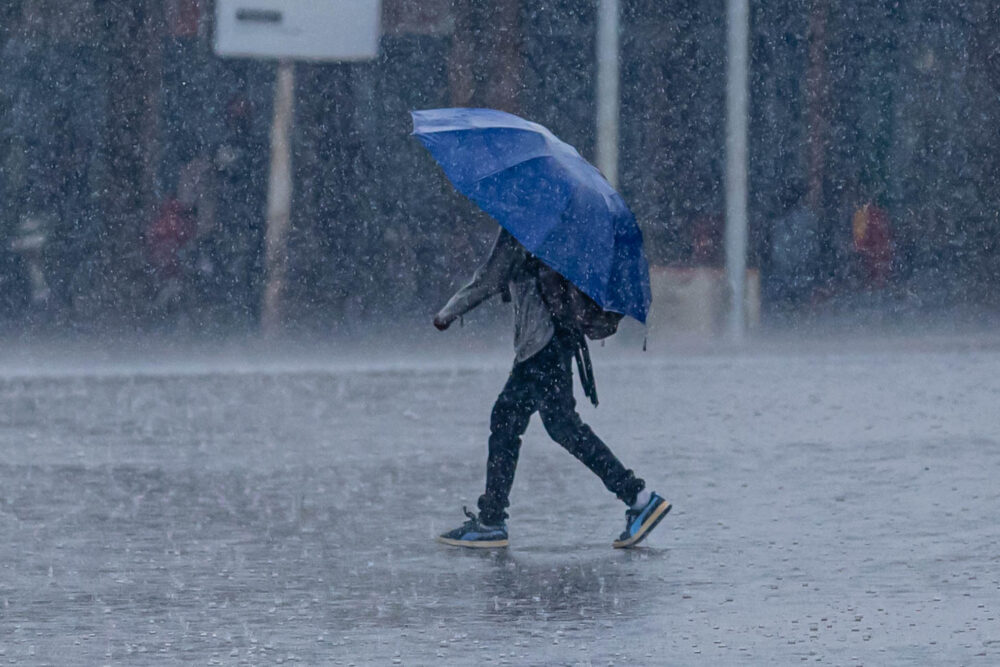Flooded streets, obstructed roads, and wrecked homes kicked off the new year, instigated by horrendous storms spread across California’s landscape. The robust storms were deemed a Pineapple Express, a term used when West Coast storms are driven by a buildup of atmospheric moisture that originates in the tropical Pacific Ocean near the islands of Hawai’i.
The Pineapple Express was initiated by extreme wind gusts fueled by a polar jet stream. These gusts forced high concentrations of the tropical atmosphere’s moisture to northern latitudes, resulting in the formation of the heavy storms. Meteorologists described the Pineapple Express as “an atmospheric river” when record-breaking rainfall and flooding inundated the state of California and various other areas along the Pacific Coast. The National Oceanic and Atmospheric Administration (NOAA) described the moisture storms as “rivers in the sky.” These statements paint the perfect picture of the heavy downpours and flooding that hit locations across California in late December, stretching into January.
Pineapple Express storms are fairly common on the West Coast. According to NOAA, between 30 and 50 percent of the West Coast’s entire annual precipitation is supplied by Pineapple Expresses and other atmospheric river events. In the recent occurrence this winter, the heavy atmospheric moisture precipitated as excessive rain and snowfall. While the Pineapple Express caused damage across California and the West Coast, the airborne rivers also provided enormous amounts of hydration. The Pineapple Express storms are essential in quelling harsh wildfires and droughts and are a vital part of the water cycle. Historically, California has encountered many dry-spell periods. The state has experienced several drought years following successive hot and dry summers, and urban water managers struggle to reach necessary annual water demands. Subsequently, atmospheric river events like this winter’s Pineapple Express provide tremendous precipitation and are advantageous for California’s water supply.
“According to NOAA, between 30 and 50% of the West Coast’s entire annual precipitation is supplied by atmospheric river events.”
Due to the worsening conditions of global warming, atmospheric rivers are predicted to become longer and more intense. Consequently, California is predicted to be moving toward a 25% to 100% increase in the extreme switch between dry to wet forecasts, resulting in a harsh strain on California’s water supply and flood control services. The New York Times recently published astonishing statistics from the recent Pineapple Express: evacuation orders or warnings for 100,000 California residents were put in place, 400 schools were closed, over 220,000 individuals were without power, and at least 17 individuals died in the tragic floods and storms.
Steps towards protecting Earth’s atmosphere, ecosystems, and communities must be actively worked towards in order to create a sustainable future for our planet. Although the excessive precipitation, winds, and flooding caused by the recent Pineapple Express created unpredictable chaos, atmospheric moisture and the water cycle sustain life and provide benefits to the land. Water is undoubtedly the most critical natural resource, and while it can come in dangerous forms, its preservation is critical to our atmosphere and Earth’s longevity.
Image courtesy of Wikimedia Commons


